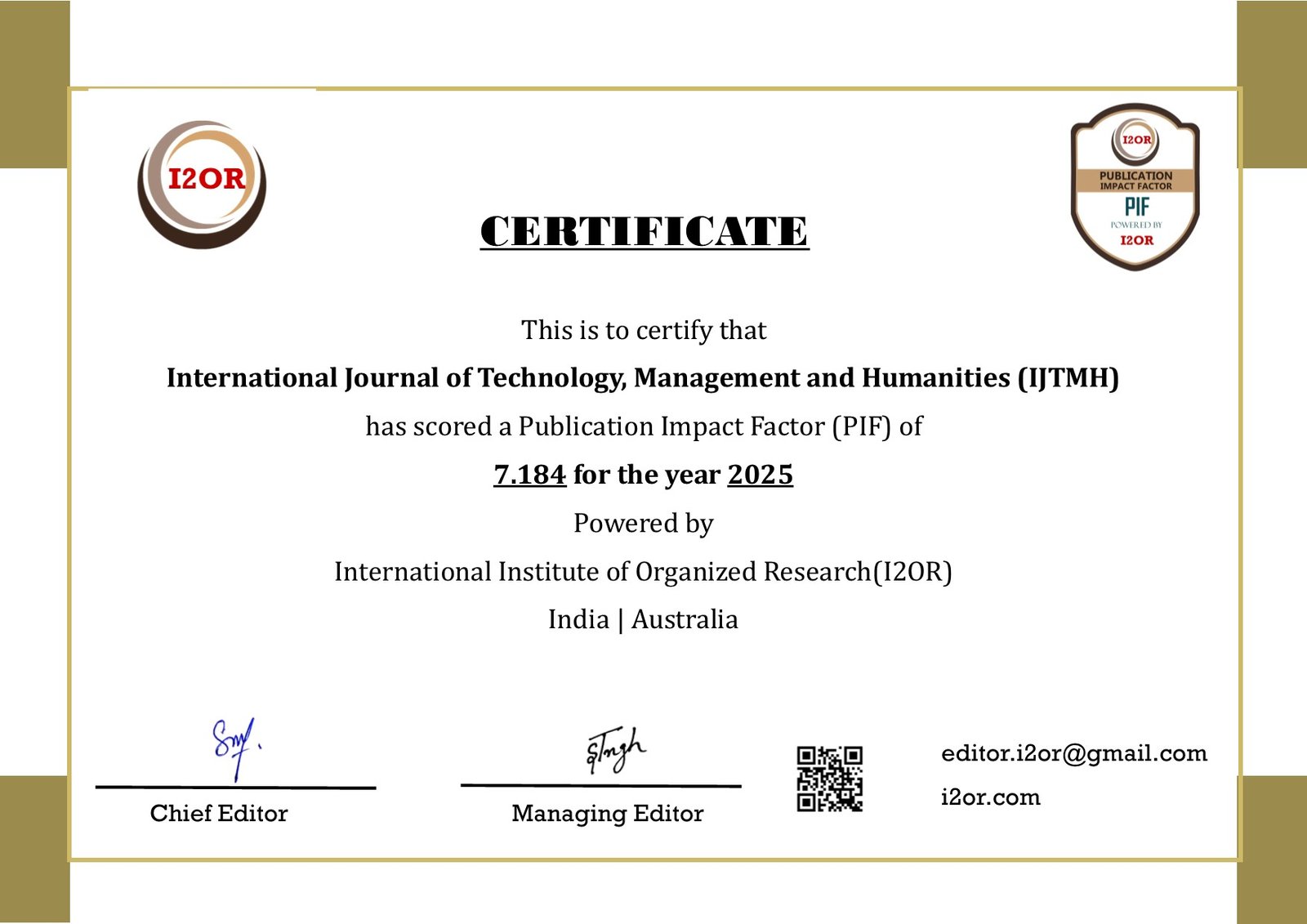Enhancing Incident Response Efficiency Through Automated Dynamic Threat Case Generation
DOI:
https://doi.org/10.21590/ijtmh.11.04.04Keywords:
Incident Response, Security Operations Center, Cyber Threat Intelligence, Dynamic Case Generation, SOAR Automation, Attack Graphs, Efficiency Optimization.Abstract
The exponential rise in cyber-attacks has created unprecedented challenges for Security Operations Centers (SOCs) that
must respond to incidents with speed, accuracy, and adaptive intelligence. Traditional incident response (IR) workflows
rely heavily on static playbooks and manual decision-making, which struggle to keep pace with the rapidly changing
attack landscape. This study proposes an automated dynamic threat case generation framework that enhances incident
response efficiency through context-aware automation and continuous learning. The framework integrates structured
threat intelligence sources, including MITRE ATT&CK, CVE, and CAPEC, with real-time SOC telemetry to automatically
generate, prioritize, and adapt response cases according to evolving threat behaviors.
A hybrid quantitative and experimental methodology was adopted, simulating over 200 attack scenarios to evaluate
improvements in key SOC performance indicators. Metrics such as mean detection time, response accuracy, analyst
workload, and case adaptation rate were benchmarked against baseline manual response processes. Results revealed
a 61% reduction in detection time, 25% increase in response accuracy, and over 50% reduction in analyst workload,
demonstrating significant efficiency gains achieved through automation. Statistical correlation analysis confirmed strong
positive relationships between automation depth and operational accuracy (r = 0.79, p < 0.005), and a negative correlation
between alert volume and case generation time (r = −0.84, p < 0.002), validating the scalability of the proposed approach.
The findings underscore that automated dynamic threat case generation represents a practical advancement in incident
response automation, enabling SOCs to respond more quickly and intelligently to sophisticated threats. By reducing human
dependency in repetitive triage tasks while maintaining analyst oversight, the model contributes to building resilient,
adaptive, and data-driven security ecosystems. Future research should explore integrating reinforcement learning for
predictive case generation and extending this framework across multi-organizational cyber defense networks.







